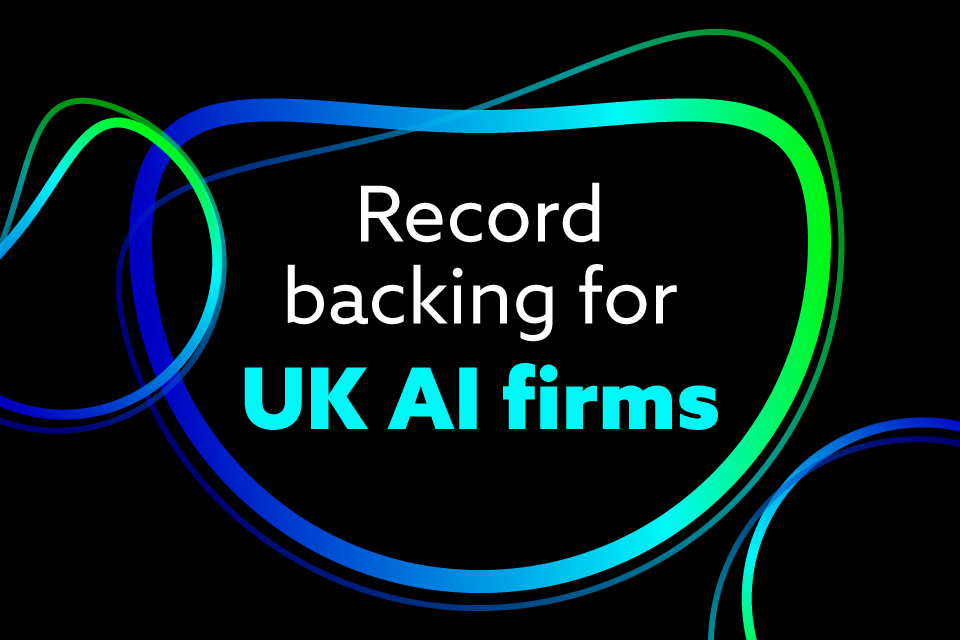Microlearning has emerged as a dynamic approach to corporate education, breaking down complex topics into concise, focused lessons that are easier to digest and apply. For corporations striving to remain competitive in the age of generative artificial intelligence (Gen AI), this strategy offers a powerful way to upskill employees without disrupting daily operations.
By delivering bite-sized, actionable content tailored to specific roles, microlearning empowers employees to absorb information at their own pace, practice what they’ve learned, and quickly apply new skills. For businesses navigating the complexities of digital transformation, this approach provides the agility needed to stay ahead of the curve.
Why corporations need microlearning for Gen AI education
In today’s fast-paced business environment, corporate leaders face the challenge of equipping employees with the skills required to harness the power of technologies like Gen AI. The vast potential of Gen AI for streamlining processes, enhancing decision-making, and driving innovation makes it an essential area of focus. Yet traditional training programs, which often demand significant time and resources, are no longer practical for many companies.
Microlearning offers a solution by making education flexible, personalized, and accessible. Lessons typically last 10–15 minutes and are delivered through formats that cater to different learning styles, such as videos, interactive exercises, and quizzes. This format is ideal for employees juggling demanding workloads, as it allows them to integrate learning into their schedules seamlessly.
Furthermore, microlearning ensures relevance by offering tailored learning paths. For example, a marketing team can focus on modules that explore Gen AI-powered audience segmentation, while a customer service team might learn about automated response systems and predictive analytics. This customization ensures that training is directly applicable, increasing engagement and retention.
Client Case Study in Gen AI Education: Microlearning in Action
To illustrate how microlearning can transform corporate training, consider the case of a multinational consumer packaged goods (CPG) firm that sought to integrate Gen AI into its operations. The company recognized the potential of AI tools to enhance productivity and innovation but faced several challenges:
- Time Constraints: Employees were already stretched thin, managing tight deadlines and critical projects.
- Skill Gaps: Teams varied widely in their familiarity with AI technologies, requiring training tailored to different levels of expertise.
- Scalability: With offices spread across multiple time zones, delivering consistent, high-quality training to a global workforce was a major challenge.
To address these challenges, the company asked me to help it adopt a microlearning strategy.
Designing a Microlearning Program
We began by identifying the key areas where Gen AI could make an immediate impact, including sales forecasting, product development, and customer experience management. Working with subject matter experts, they created a series of microlearning modules tailored to specific roles and objectives.
For example:
- Sales Teams: Modules focused on using AI tools to predict customer needs, improve lead scoring, and optimize outreach strategies.
- Product Developers: Training covered AI-driven design tools and algorithms to accelerate prototyping and refine product features.
- Customer Support Teams: Lessons explored AI chatbots, sentiment analysis, and personalized service recommendations.
Each module was designed to be engaging and interactive, encouraging employees to apply what they learned immediately. The content was hosted on a mobile-friendly Learning Management System (LMS), ensuring accessibility for employees regardless of location or time zone.
Making Learning Flexible and Personalized
Flexibility was a cornerstone of the program. Employees could access the modules whenever it suited them, such as during breaks, commutes, or downtime between meetings. The LMS also included progress tracking, enabling participants to monitor their development and revisit areas where they needed additional support.
To enhance engagement, we helped the company incorporate gamification elements, such as badges and leaderboards, to motivate learners and celebrate achievements. Employees could also choose their own learning paths, selecting modules that aligned with their roles and career aspirations. This personalization ensured that training was not only relevant but also empowering, as employees felt a greater sense of ownership over their learning journey.
Support and Mentorship
From our experience with other companies, self-paced learning works best with guidance, so we helped the company pair the microlearning program with optional mentorship opportunities. Experienced AI practitioners within the organization served as mentors, hosting weekly virtual office hours where employees could ask questions and receive advice.
For instance, a sales manager might consult a mentor about integrating AI tools into an existing CRM system, while a customer support specialist could seek tips on optimizing chatbot responses for better customer satisfaction. These interactions provided valuable context and practical insights, reinforcing the concepts covered in the microlearning modules.
Results That Speak for Themselves
After six months, the microlearning initiative delivered measurable results across multiple metrics:
- Increased Efficiency: Sales teams reported a 22% reduction in time spent on lead qualification, thanks to AI-enhanced processes.
- Improved Innovation: Product developers cut prototyping time by 18%, enabling faster iteration and delivery of new products.
- Enhanced Customer Experience: Customer satisfaction scores improved by 26%, as support teams used AI tools to provide quicker, more personalized service.
These results not only demonstrated the immediate impact of microlearning but also highlighted its long-term potential to drive operational excellence and competitive advantage.
Building a Culture of Continuous Learning
Beyond the tangible outcomes, the microlearning program had a profound effect on the company’s culture. Employees became more confident and proactive in experimenting with AI tools, sharing their learnings with colleagues, and proposing new applications for the technology.
For example, a marketing team used insights from their training to develop an AI-powered campaign that outperformed previous efforts by 30%. Similarly, a regional office implemented an AI tool for inventory management, significantly reducing waste and costs. These successes reinforced a culture of continuous learning and innovation, where employees were empowered to take initiative and explore the possibilities of emerging technologies.
Microlearning is not a one-and-done solution; it is a dynamic approach that evolves with the needs of the business. As Gen AI capabilities advance, companies can expand their training libraries to cover new applications, ensuring that employees remain at the forefront of innovation.
For example, future modules might focus on advanced AI ethics, regulatory compliance, or integrating AI into sustainability initiatives, while managing risks. By continuously updating and refining their microlearning programs, corporations can maintain a skilled and adaptable workforce ready to tackle the challenges of tomorrow.
The Strategic Advantage of Gen AI Education Through Microlearning
For corporations, microlearning offers a strategic advantage in an increasingly competitive landscape. It allows businesses to upskill employees quickly and efficiently, driving productivity and innovation while minimizing disruption. Moreover, by tailoring training to the unique needs of different teams and roles, microlearning ensures that every employee can contribute meaningfully to the company’s success. Whether it’s a sales representative using AI to close deals faster or an operations manager leveraging AI for process optimization, the benefits of this approach extend across the organization.
By embracing microlearning, corporations not only enhance their operational capabilities but also foster a culture of growth, adaptability, and forward-thinking. In an era defined by rapid technological change, this mindset is critical for long-term success. Microlearning represents the future of corporate education. Its ability to deliver focused, engaging, and personalized training makes it the ideal approach for equipping employees with the skills they need to thrive in the age of Gen AI. By adopting this strategy, corporations can ensure that their teams are not just keeping up with change but leading it, driving innovation and setting new benchmarks for success.
Have you read?
The World’s Best Medical Schools.
The World’s Best Universities.
The World’s Best International High Schools.
Global Mobility and Wealth Security: Why Citizenship by Investment (CBI) and Residency by Investment (RBI) Programs Are Essential for Global Executives and High-Net-Worth Individuals.
Copyright 2025 The CEOWORLD magazine. All rights reserved. This material (and any extract from it) must not be copied, redistributed or placed on any website, without CEOWORLD magazine’ prior written consent. For media queries, please contact: info@ceoworld.biz
























